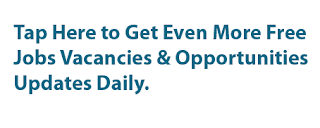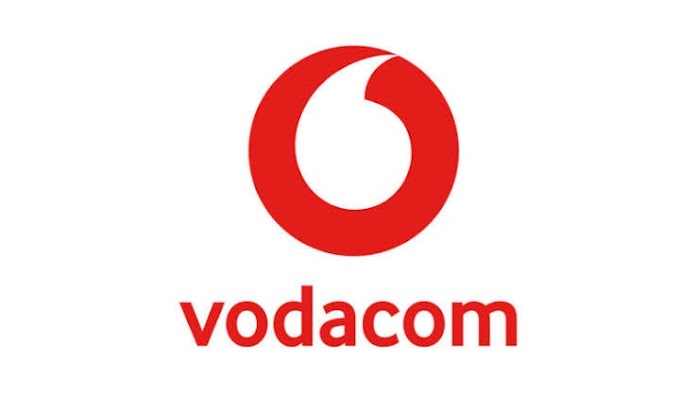1. Context
The African Court on Human and People’s Rights (African Court) is the judicial arm of the African Union (AU) and one of the three regional human rights courts together with the European Court of Human Rights and the Inter-American Court of Human rights. It was established to protect the human and peoples’ rights in Africa principally through delivery of judgments. The African Court was established by virtue of Article 1 of the Protocol to the African Charter on Human and Peoples’ Rights on the Establishment of an African Court on Human and Peoples’ Rights (the Protocol). The Protocol establishing the Court was adopted on 9 June 1998 in Burkina Faso and came into force on 25 January 2004 after it was ratified by more than 15 countries. The mandate of the Court is to complement and reinforce the functions of the African Commission on Human and Peoples’ Rights (the African Commission – often referred to as the Banjul Commission), which is a quasi-judicial body charged with monitoring the implementation of the Charter.
The Court has over the years undertaken efforts to increase public awareness about its mandate. This included the adoption of a Communications Strategy in 2018. The Strategy was intended to provide a framework for effective communication of the African Court’s mandate and work to its stakeholders, at international, continental, regional and national levels. Specifically, in line with the broader Communication Strategy, the Court embraced the use of digital media platforms, including an official website. The website has been an important tool for providing timely and relevant information to researchers, academics, development partners, lawyers, sister organisations, AU Member States, Civil Society and the general public, about the work of the Court.
To further enhance the usability, interactivity and appealingness of the website, the Africa Court is in the process of redesigning its current website. It is in this regard that the Court with support from the GIZ implemented Programme, Strengthening Good Governance and Human Rights in Africa – African Governance Architecture, seeks to engage services of a Graphic Designer to support the redesigning of the African Court website. The Designer is expected to provide illustrations, artwork and visually appealing designs and compositions, including website banners, footers, backgrounds and icons, among others, to create a new look-and-feel as well as display content in a more organised, attractive, user-friendly, infographic style and where necessary with audio/sound in the background.
Objectives of the Service
The Graphics Designer is expected to deliver on the scope of work as below:
• Transform text-based communications materials into visual graphic designed materials such as infographic, brochures, backdrop;
• Produce graphic illustrations for the different processes at the Court;
• Develop/Design graphically appealing Website Banner, Footer, Background and
Icons and source codes handed over;
• Transform selected web articles into illustrations, icons, banners etc according to the article category, including adding relevant photos;
• Develop/Design graphically appealing illustrations for selected web articles, reports, brochures, posters, and other communication/ visibility materials for thematic areas of work/processes;
i. Develop graphic designs/templates for web-project sites and web articles (Home, page, Contact page, articles page, etc);
ii. Suggest a Typography Guidelines for Good Website Usability, colours (font, size, colour, alignment, spacing, etc); and
iii. Undertake a tutorial for Court’s responsible officers on how to update some
texts/graphics on the pictures/texts/sound-video dubbing, among other elements of the redesigned website.
Expert Qualification:
The Graphic Designer is required to provide a up to date CV with a portfolio of previous similar work done.
The below specified qualifications represent the requirements to reach the maximum number of points:
• Education/training (2.6.1): Qualifications in Multimedia, Digital Graphics (Photoshop and Illustrator Application etc), Information and Communication Technology (problem solving and Computer Programming and Logic Design) or any related discipline;
• Language (2.6.2): Fluency in English and/or any of the other AU working language is desired.
• General professional experience (2.6.3): At least 5 years’ experience in designing visually appealing graphic banners, Footers, Backgrounds and Icons, and experience in audio/sound editing will be an added advantage;
• Specific professional experience (2.6.4): Experience in using different Content Management Systems (CMS) like WordPress and broad knowledge of current web development technologies and design tools in the field, and new software and other web programming languages and programs including use of HTML, XHTML, CSS
• Regional experience (2.1.6): Experience working for international and/or any AU
organs/institution will be an added advantage
• Other (2.6.8): Flexibility to adapt to any subsequent changes in the terms of reference;
excellent interpersonal and communication skills, and a database of “free to use” photos
Number of work days: 60
Flexible Work Days (the assignment is to be completed within 3 Months)
Period of assignment: From 16 August 2021until 7 December 2021.
Detailed tender documents can be requested by email only: submit your request to:
giz-tanzania@giz.de Latest by 30/07/2021.
Also View : Other Graphic Design Opportunities Here
CLICK HERE TO DOWNLOAD THE OFFICIAL VACANCY ADVERT FROM AFCHPR













